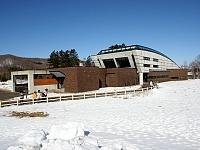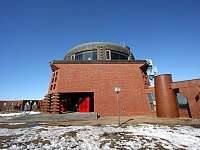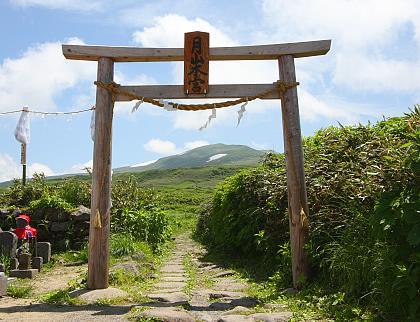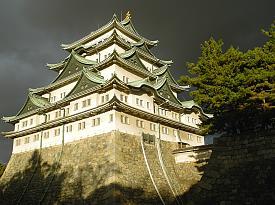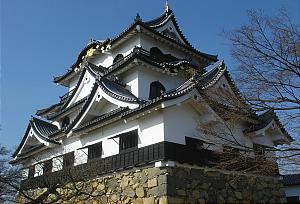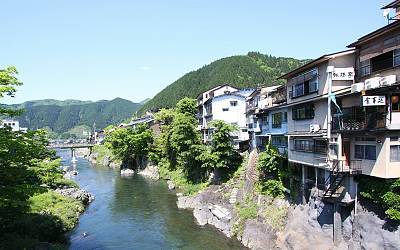| basic information |
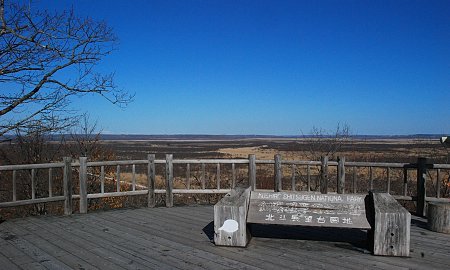
Kushiro Shitsugen National Park in Hokkaido was established in 1987 and is Japan's most recently designated National Park. It was created in order to preserve the country's largest wetland and marsh habitat which supports the only known population of endangered Japanese Cranes in Japan.
The park is located between Kushiro City and Akan National Park and is easily visited when traveling between the two. The park does not receive much snowfall, even in winter, and offers bird watching, nature viewing, and walking trails. Japanese Cranes can be viewed there year round and attract hundreds of photographers.
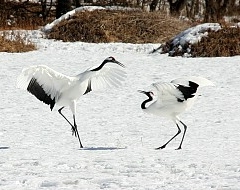 | 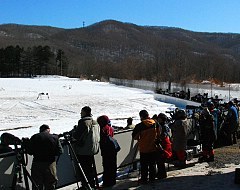 |
Japanese Cranes, also known as Tancho (lit. red head), were thought to be extinct in Japan due to overhunting and habitat destruction. However, in 1926 a group of about 20 birds was discovered in the marshes around Kushiro. With conservation efforts they have since made a dramatic recovery and now number more than 1000 birds.
The cranes are most spectacular to watch as they dance, often in pairs, with seemingly choreographed dips and jumps. The cranes are best seen in the winter as they gather at winter feeding sites. These sites are best accessed by car, but they can also be reached by public transportation.
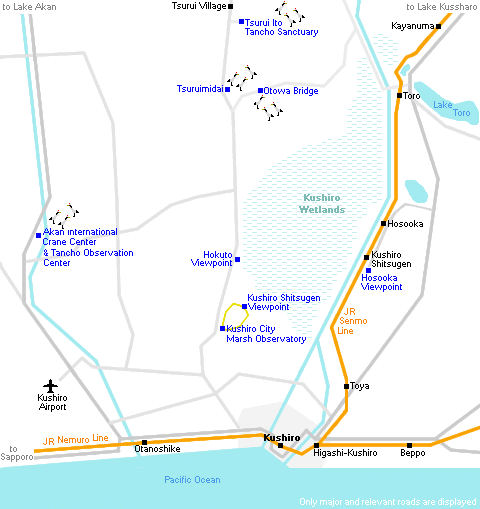
Centers:
Feeding Stations:
These are open from November to March to offset food shortages of the colder winter months. Visitors can watch the feedings which are once or twice a day depending on the station. Feeding times are the best times to see groups of cranes together.
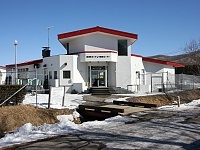 |
| |||
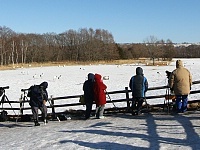 |
| |||
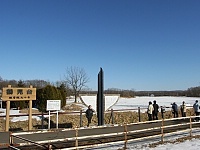 |
|
Winter Roosting grounds:
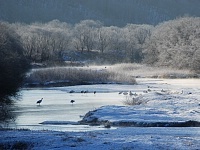 |
|
Viewpoints:
The landscape of Kushiro Shitsugen National Park can be viewed from various viewpoints around the park.
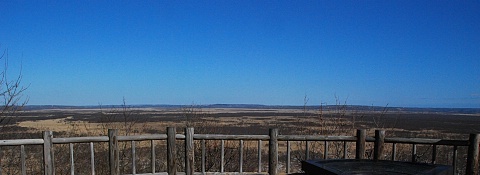
| Kushiro Shitsugen Viewpoint This viewpoint can be reached in about 15 to 20 minutes by a (wheelchair accessible) boardwalk path from the Kushiro City Marsh Observatory. There are numerous paths in the area, some of which lead down to the edge of the marsh. |
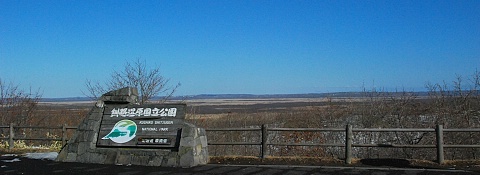
| Hokuto Viewpoint This viewpoint is located right beside Route 53 and offers unobstructed views of the park. It is accessible by car or bus. |
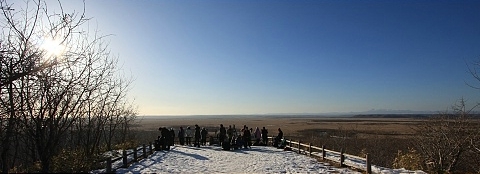
| Hosooka Viewpoint Located on the eastern edge of the park, this viewpoint is especially beautiful at sunset. It can be accessed by car or by a diesel train from Kushiro Station. |
